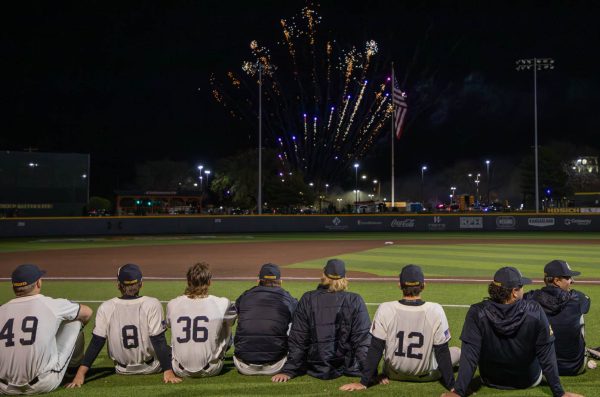Remembering the Philippines
I remember the 33 days I spent in The Philippines 12 years ago fondly.
I was on a Rotary International Group Study Exchange program with four other Americans. We spent the time in Rotary district just south of Manila, the nation’s capital, visiting and staying with families and people who became my friends.
Hospitality is a staple of the Philippine culture. Our hosts would not allow us to pay for anything, gave us presents after the brief visits, and some have stayed in touch. They gave us tours of their cities and took us to dances and other cultural activities.
Some events I am visualizing right now, even though I have not thought about them for years. I still have and wear the dress shirt I was given by a host I only met during a dinner.
It was my first visit to a developing country, what some people might label a “Third World Country,” whatever that really means. So I felt a tug on my heart after learning how much destruction was caused by typhoon Haiyan.
I could imagine what a neighborhood made up of inexpensively built homes would look like after 100 miles an hour-plus winds and water swept through before seeing the scene broadcast on television and printed in newspapers.
It is going to take time before that area, south of where I was, to return to normal. I have not made a financial contribution yet, but am now publically promising I will.
I am not the only one. A group of Wichita State students is organizing a charity banquet to raise money for the more than four million displaced Filipinos. “Hope for Victims of Typhoon Haiyan,” has been set up, according to a Facebook post from Frisca Boentarhendro.
The group’s first organizational meeting is set for 3 p.m. Saturday in Ablah Library. No room has been selected. Some preliminary ideas about it have been a potluck dinner with admission for the food, singing and dancing, and an art auction.
Others told me people are hesitant about donating to a far away country when the United States faces a huge national debt and needs to spend the money at home. That is understandable to me until some historical and economic factors are considered.
The Philippines is the only colony the U.S. ever had. The U.S. bought it from Spain in 1898 for $20 million following the Spanish-American War and 300 years of Spanish colonization. A three-year, Philippine-American, war ensued.
World War II delayed Philippine Independence, which was achieved on July 4, 1946. Since then it has played a significant role in Asian geopolitical affairs by having the U.S. Naval base Subic Bay and other military installations there and support from the Filipino government.
This special bond and historical relationship gives us some responsibilities about helping out a friend. For a little more motivation, you can add in that the average per capita income for a Filipino is $4,500 year, according to the CIA Factsheet. The last I heard, the average per capita income for an American is about $37,000 a year.
Most of us could easily donate $5 or $10 and not notice it. My favorite organization to donate money internationally is the American Red Cross. Visit www.redcross.org, call 1-559-455-1000 or text redcross to 90999 to make a $10 donation.







